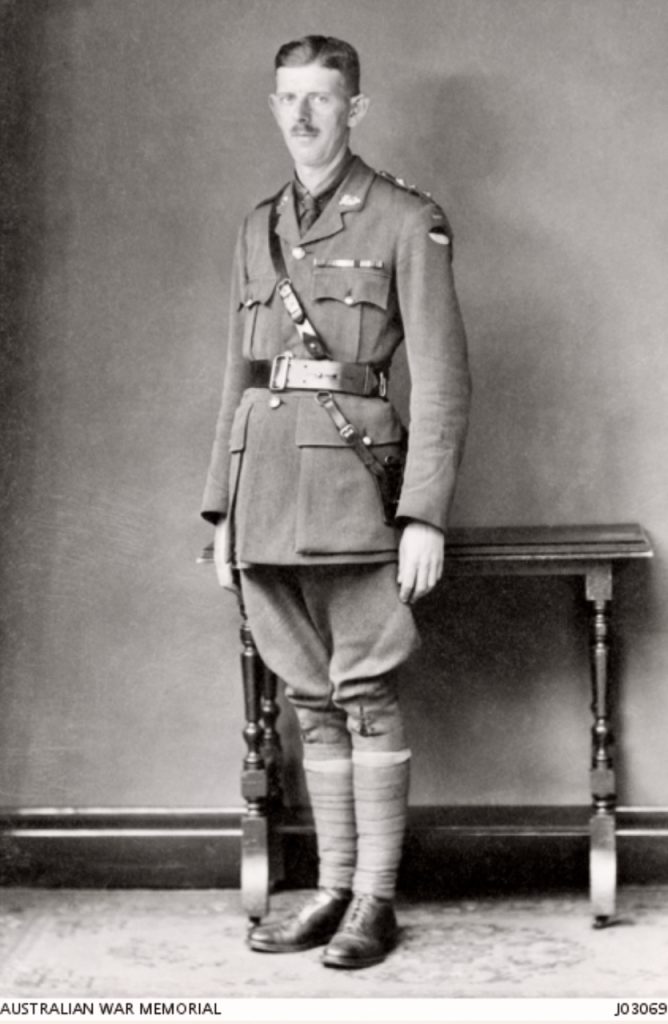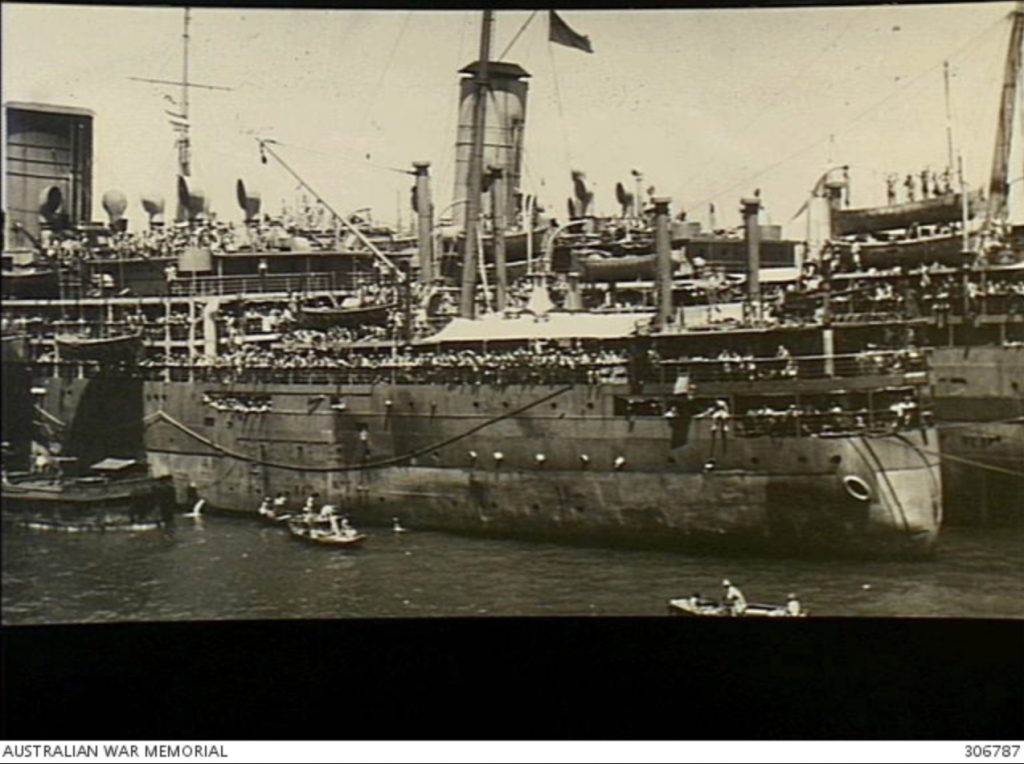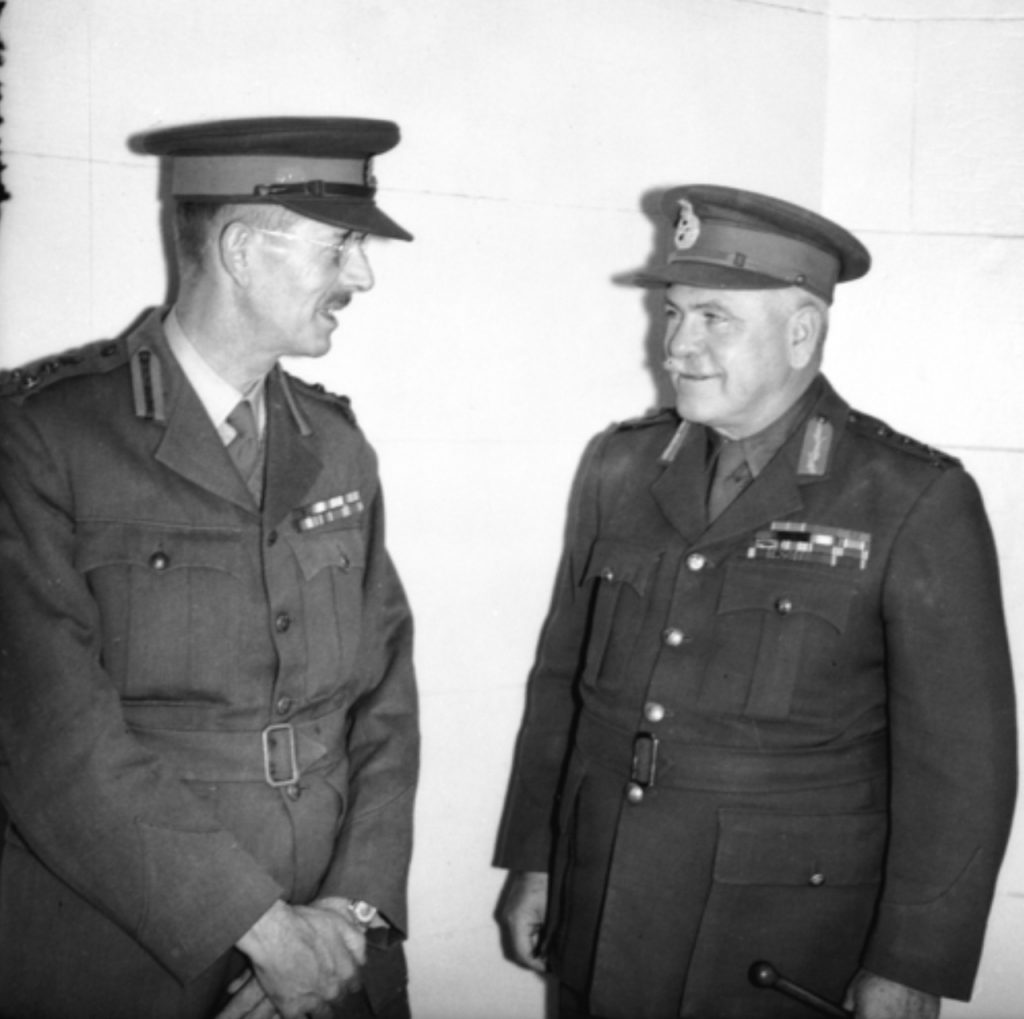‘BLACKFORCE’ Java – BRIGADIER ARTHUR BLACKBURN – ARRIVES JAVA 1942 ‘

Above: Arthur Blackburn – described as ‘the tall, skinny solicitor from Adelaide’ and known to his men as ‘Blackie’

2nd Left: Blackburn leaving Buckingham Palace

Above Blackburn’s VC with AWM
On 21st February 1942, Lt-Col Arthur Seaforth Blackburn was promoted to Brigadier and appointed to command all A.I.F. troops on Java, to be known as Blackforce. At the same time Brigadier Blackburn was to come under direct control of Dutch Commander, Chief Lt-Gen Hein ter Poorten.
Blackburn had earned a VC as a 23 year old fighting on the Somme, France in WW1. He had earlier fought at Gallipoli.
Enlisting again in 1940 Blackburn was given Command of 2/3rd Machine Gun Battalion and fought in Syria.



He was one several senior Australian Officers not happy at being ordered to Batavia by General Wavell – the ‘Orcades’ sailed into Tanjong Priok on 17 February from fighting in the Middle East amidst scenes of total confusion bordering on panic. Refugee vessels of all shapes and sizes from Singapore and Sumatra bobbed around a sea of ship masts sunk by Japanese planes and there were two battle scarred British cruisers with gaping holes.
Deserters from Singapore who had been looting stores on the wharves began pelting ‘Orcades’ with tins and other items. It is said Blackburn, described as being the ‘tall, skinny solicitor’ from Adelaide was a ‘hotheaded old so-and-so’ and threatened to go ashore and shoot them. Instead he sent an armed patrol of Pioneers ashore who sent them scurrying.
(Blackburn later had the looters rounded up and placed under close arrest. Perth boy Bill Haskell from 2/3rd remembers Blackburn giving the deserters the option of teaming up with him or being classed as deserters when the war was over. Those who refused were sent back to the lock-up).
Meanwhile most of the Australian troops remained on board ‘Ocades’ on 17th and 18th February. They were all dead keen to leave Batavia and all the dramas as soon as possible. It was a depressing scene. On the 18th, 7th Division’s commanding officer, General Allen and two senior staff came onboard and held long discussions with Blackburn, presumably delivering General Wavell’s order to disembark. Blackburn strongly argued against his men being put ashore.
On the night 19th Blackburn received orders that certain troops on board, numbering about 2,000 should be disembarked.
Lavarack and other senior Australian officers disagreed with the Java disembarkation, however were ignored by Wavell. – Blackburn’s men would defend Java’s airfields and stiffen Dutch resistance when the Japanese invasion came.
Apart from the unreliable Dutch colonial army on Java – the Australians with a few thousand RAF personnel, were now on their own!
Intelligence reports state Wavell had decided as early at 27 Jan that Singapore could not be held. The Australian 6th and 7th Divisions were not to come to Java – and only a small division under Blackburn was to stay for political reasons, to bolster the Dutch resistance to prolong the war as long as possible! On 27 Jan the 2/3rd Machine Gunners were still in Lebanon – their fate had been sealed prior to their departure for Australia, which is where they believed they we heading.
The men were told to disembark then re-embark 5 – 6 times before the men finally left the ship. With all that was going on, the men could only guess and did not really know. Some finally left part of their belongings behind believing they would be ordered to stay once again. As the 2/1st Light Anti Aircraft regiment were marching off ‘Orcades’ they suddenly received orders to get back on-board. Darwin had been bombed that morning so the 2/1st Bofors guns were needed for ground defence in Australia.
Finally ‘Blackie’ as was endearingly called by his men, was promoted to Brigadier and ordered off the ship. He had to obey or face a court martial. He was too good soldier to disobey.
The men of the 7th Division remaining onboard with those at that time sailing back to Australia – would go on to fight in New Guinea.
2,000 downhearted soldiers trudged off ‘Orcades’ as others boarded on another ramp to leave Java. It was not a happy day – each man carried three day’s rations because no arrangements had been made to feed the men. The soldiers knew they were outnumbered by the Japanese and dreaded what lay ahead. They had no machine guns, no ammunition and no transport.
It seems so similar to circumstances on Singapore – the Australian senior command had a lot to answer for. What was in Wavell’s report on the men he left behind on Java?
You may recall Wavell was scathing of the Australians at Singapore.
Please read about Tanjong Priok Harbour, Java
Lavarack appointed Blackburn brigadier in charge of all Australian troops on Java – 3,000 of them – sufficient for a whole Battalion. However as was the situation at Singapore, about half this number of 3000 were non-combatant troops – engineers, cooks, drivers, clerks, etc.
Blackburn knew there to be Japanese spies (5th column) on the ground in Java and undertook in the next week or so, a ploy to give the impression to the local force (and spies) of a larger force than in reality. He had the transport vehicles drive ‘around the blocks’ several times to give the impression of far greater numbers of troops. Who knows if it worked.
Please read about 88 2/4th men who arrived Java
Below: Brig. Blackburn was moved from Java (with other officers) first to Formosa where they remained for some time before being moved to Mukden, Manchuria.



As in Singapore, Java had too many men at the top making decisions:
Wavell – then at his his head quarters at the Grand Hotel at Lembang, near Bandung. Blackburn met with Wavell late in the afternoon of 24 Feb 1942 at his HQ. It was a five hour journey of 100 kms for Blackburn. – his orders were to ‘give every assistance possible to the Dutch forces in resisting the invasion – impressing every hour gained by resistance would be of value to the Allied cause to SW Pacific in general and to Australia in particular. Blackburn was to use his troops in offensive operations against the Japanese wherever possible‘.


Right and Below: Wavell’s HQ -Grand Hotel

Wavell in Egypt.
An Australian Officer seconded to Wavell’s staff told Blackburn Wavell had already given Java up as lost. With no substantial force on Java to command, his Java command would be dissolved and Wavell would fly to India to take up a new role Commander-in-Chief India!
Blackburn and all the Australians were left to fend for themselves, Wavell knew they would have little chance of survival without surrendering to the Japanese.
Wavell had messed up with Singapore and now Java. There was no-one to answer to!
Churchill must also take responsibility for the whole catastrophe at this time in history in the south west pacific War.
Had Curtin tried to intervene? On several occasions. He was fully occupied in corresponding with Churchill demanding the Australians come home and not be sent to Burma as Churchill wanted.
Wavell’s deputy General Pownall sneered at Curtin’s earlier request to withdraw Blackforce. Pownall wrote in his diary ‘the Australians be been shown up in their true colours‘ as the ‘most egotistical conceited people imaginable‘ and who were ‘so damned well pleased with themselves all of the time‘.
(This information is from ‘Arthur Blackburn VC’ by Andrew Faulkner published by Wakefield Press, SA 2008 ISBN 978 1 86254 784 Page 344)
Pownell later commanded two brigades of these conceited AIF soldiers diverted to a garrison in Ceylon, when they were diverted from sailing home to Australia.
Wavell had been told by the British government not to reinforce Java and Curtin specifically instructed him not to break up the Australian divisions. In Wavell’s eyes Australia had no jurisdiction of is own troops!
Wavell was replaced in Burma by Mountbatten in 1943. His attempts to organise the liberation of Burma during the spring of 1943 his troops, led by General William Slim, failed in several attempts to drive the Japanese out of the area.
General Lavarack, Australian 7th Division Commander – should he have stood firmer against Wavell? He said to Blackburn he would arrange for Blackforce to be evacuated by ships – this never eventuated. Everybody had moved onto bigger things. The Australians were left behind and forgotten.
Blackforce was left behind to salvage Empire prestige in the eyes of the Dutch.

Above: Lavarack
Major General Allen – Commanding Officer of parts of 7th Division. Photographed below with Blackburn.

‘Tubby’ Allen went on to Command the fighting in New Guinea – where he was to face unfair criticism from the American General Douglas MacArthur and Australian General Thomas Blamey for moving too slowly in pursuit of the Japanese across the Owen Stanley ranges. He was relieved of his command. Lesser appointments followed but in October 1944 Blamey recommended Allen be appointed Knight Commander of the Order of the British Empire!!
British Major General Sitwell – Wavell’s anti-aircraft commander – Blackburn and his troops were placed under his command (this order came from the British Chief of General Staff, South West Pacific Command, General Playfair in Washington.)
General ter Poorten, Dutch Commander-in-Chief – local Dutch Commander and the appointed commander of land forces in the American-British-Dutch-Australian Command, a short-lived unified command of all Allied forces in South East Asia – to whom Blackburn was to support and report to. Blackburn was in charge of all Australians, but he was under the direct personal control of the Dutch Commander.
Poorten had little to fight with – no tanks no aeroplanes. (Java’s supplies had been sent to support the Commonwealth Forces in Malaya in 1941). He surrendered to Japan 8 March 1942. The Australians were furious, they felt the Dutch were not committed.
Life in pre war Java for the Dutch East Indies was similar to that of the British in Singapore – they lived very well and unrealistically.
An Australian lieutenant recently appointed intelligence officer sought information about the Japanese from the Dutch HQ. An HQ officer responded “I do not know – the morning papers have not been delivered”.
Poorten became a POW of Japan along with everybody else.

HMAS Perth an USS Houston were sank on 1st March 1942. The survivors of these two ships who safely made it to the shores of Java, virtually went straight into captivity.
The locals did not like the Dutch and did not see any difference between the Australians, Americans, British and the Dutch. They would provide little assistance before the battle, nor when the soldiers became POWs. The locals did come to see the Japanese for what they were and they were treated to years of cruelty and theft.


